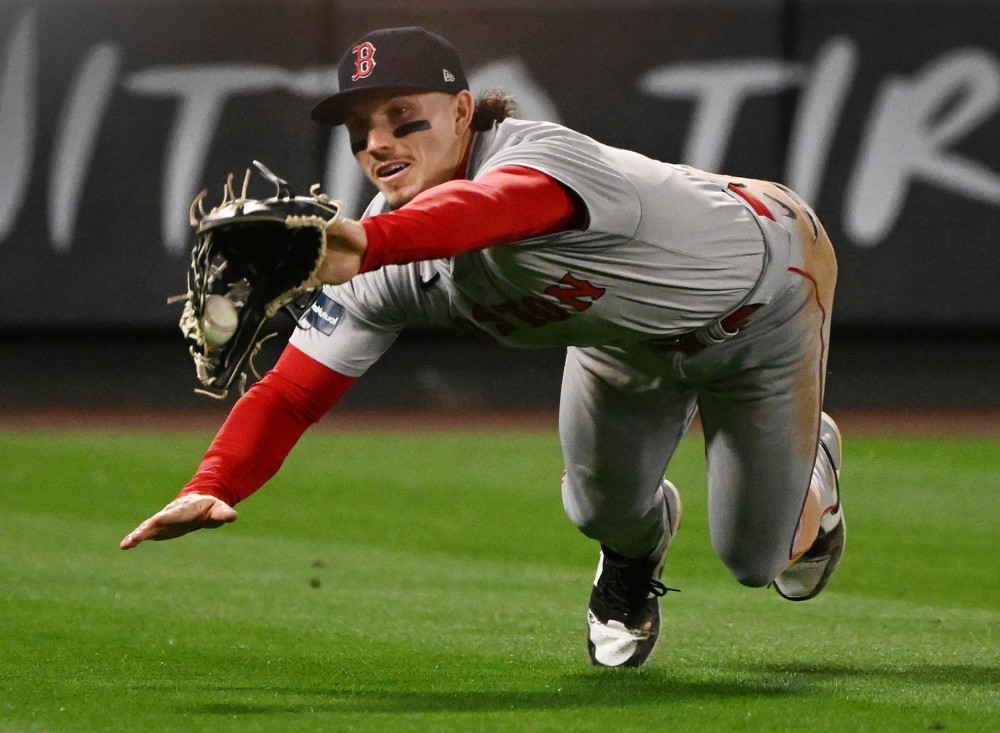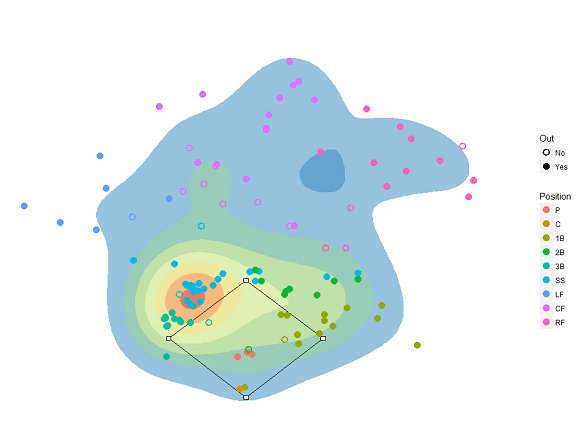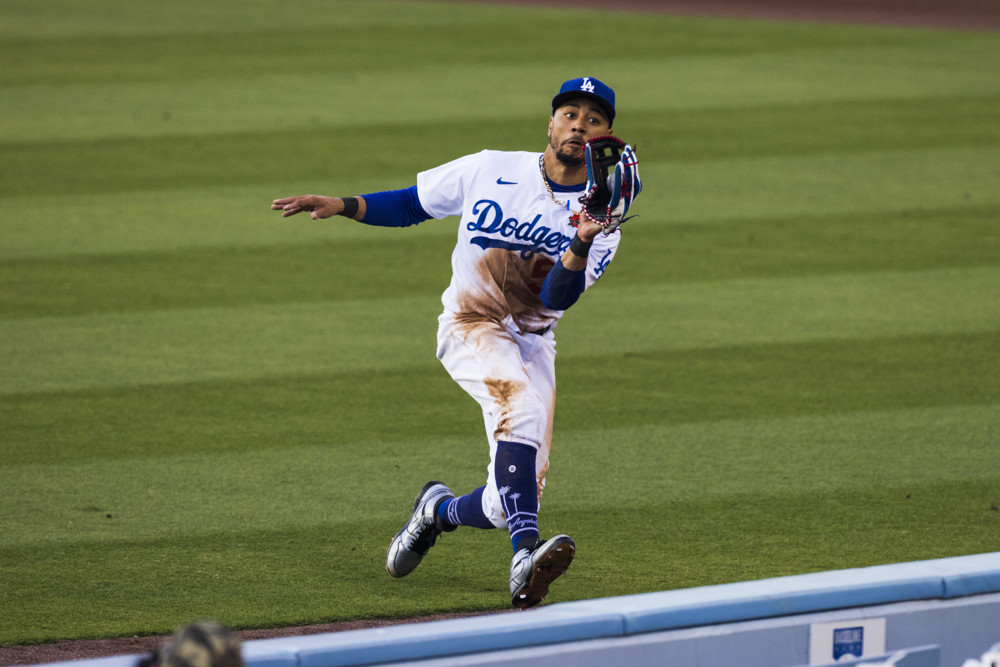Photo: David J. Griffin/Icon Sportswire
If you’re a regular viewer of Yankees, Phillies, Cubs, Athletics or White Sox broadcast crews this season, you might have seen and heard the broadcasters provide a scouting report on the home plate umpire.
The information from those scouting reports comes from our company. We provide them with heat maps and data points on strike-calling tendencies. The primary questions we answer with that information are:
How often is a pitch thrown to a certain area called a strike and how does that compare to other umpires?
For example, here’s what the Phillies’ broadcast on NBC Philadelphia ran after Trea Turner took an outside pitch that home plate umpire Alfonso Márquez called a strike a few days ago.
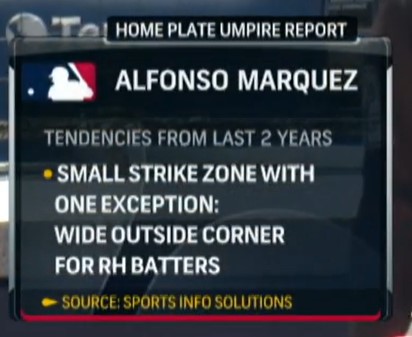
From a broader perspective, SIS divides credit for called strikes among the catcher, umpire, pitcher, and batter through a process that you can read about here. In doing so, we created two metrics: Extra Strikes Per 150 Called Pitches and Strike Zone Runs Saved, with the latter being calculated to provide a run value based on the raw number of extra strikes called.
This allows us to gauge an umpire’s tendency to call more or fewer strikes than expected. An umpire who calls a lot more strikes than expected has a high Strike Zone Runs Saved total.
Note that we’re not exploring the idea of correct call versus incorrect call. We’re looking at how each MLB umpire compares to other umpires in strike-calling. And with more detailed data, we can ascertain whether their strike zones are bigger or smaller heightwise and narrower or wider lengthwise.
Last season we wrote an article about how Doug Eddings and Bill Miller have called considerably more strikes than expected dating to the first season we tracked for umpire tendencies, 2010.
Here are the umpires with the most Strike Zone Runs Saved since the start of the 2022 season. You can think of them as umpires who tend to call a good deal more strikes than expected when looking at all MLB umpires’ strike-calling tendencies.
Most Strike Zone Runs Saved – Since 2022
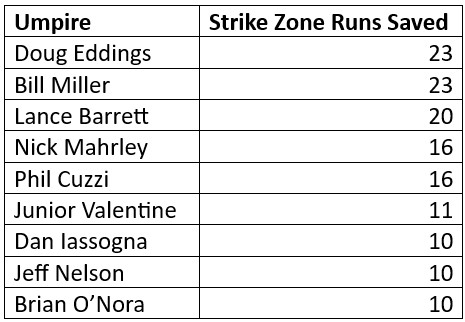
Márquez, despite that odd strike call against Turner, ranks closer to the other end of called strike tendency leaderboards.
Here are the umpires with the fewest Strike Zone Runs Saved since the start of the 2022 season. You can think of them as umpires who tend to call considerably fewer strikes than expected when taking into account all MLB umpires’ strike-calling tendencies.
Fewest Strike Zone Runs Saved – Since 2022
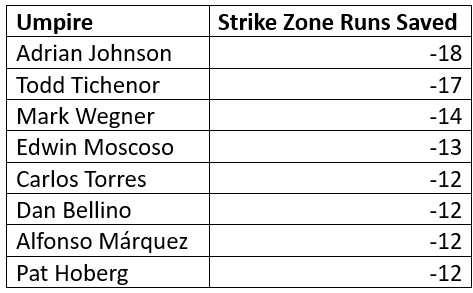
If you’re watching one of our partner’s telecasts this season, we hope you enjoy the added perspective this umpire information brings. It gives you another way to look at how the human element – that of not all umpires being the same when it comes to calling balls and strikes – impacts the sport.

